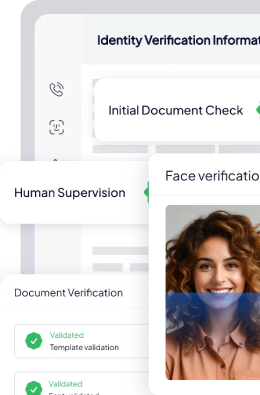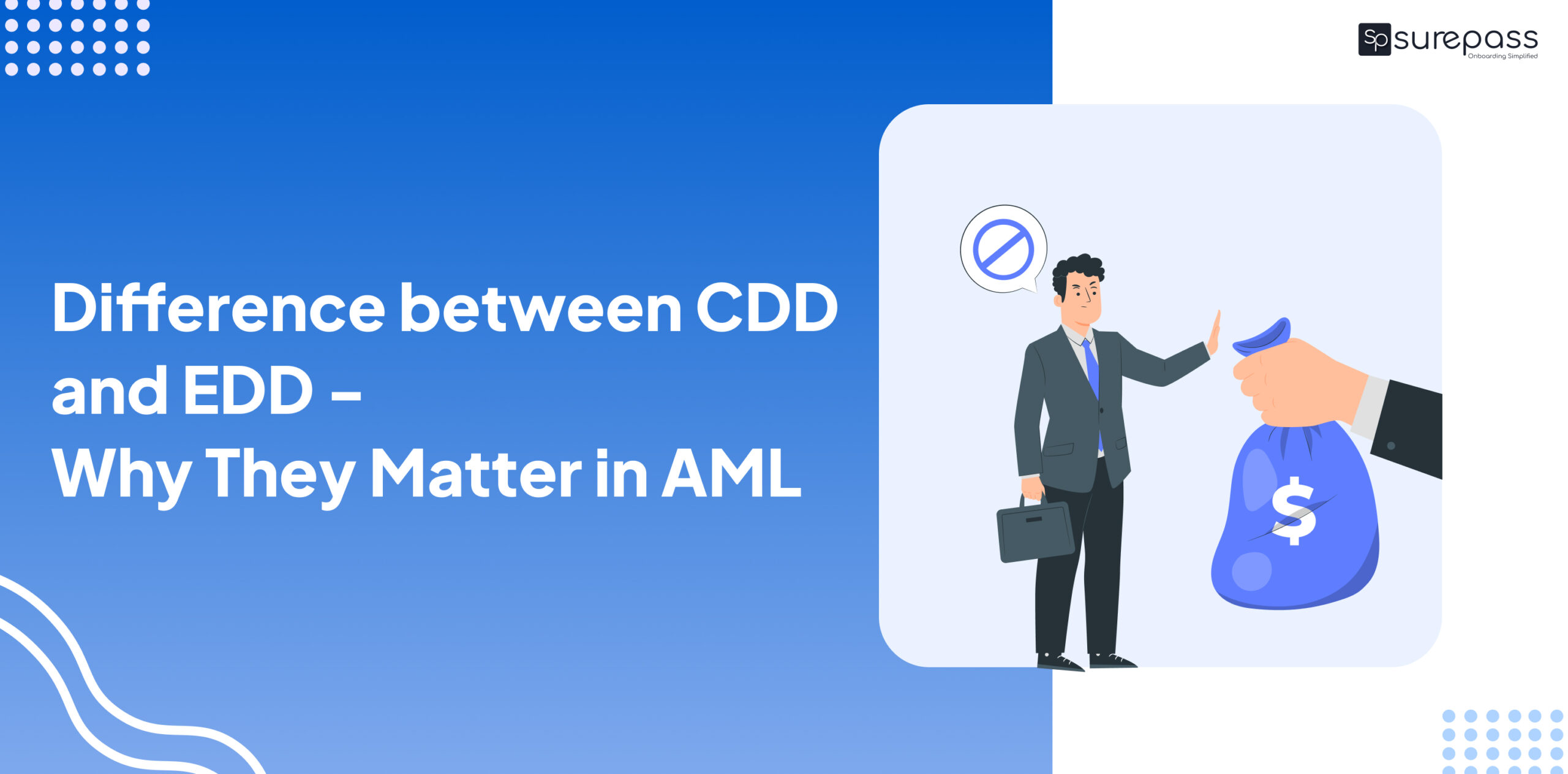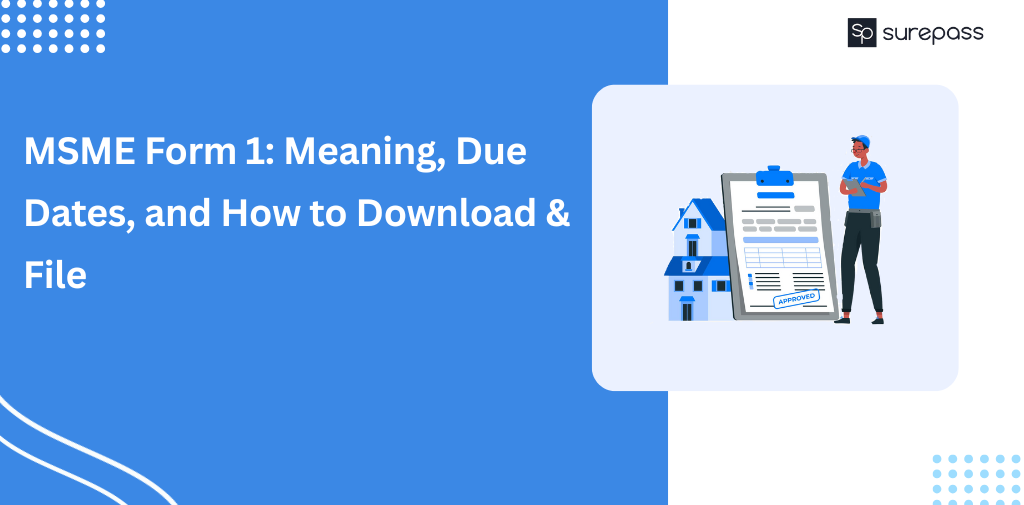Financial firms are not the only industry with CDD and EDD standards; they are meant for a wide range of industries. In order to avoid anti-money laundering (AML) fines and other penalties, such as license suspensions or revocations, industries must adhere to the rules. Continue reading to learn more about EDD check procedures and how they fit into the overall scheme of KYC compliance.
Difference between CDD and EDD
The primary distinction between EDD (Enhanced Due Diligence) and CDD(Customer Due Diligence) is that EDD is only applied to high-risk clients who need more investigation, whereas CDD is applied to all consumers.
It is necessary for regulated organizations to be aware of their business partners. Because of this, companies who want to comply with EDD and CDD regulations usually run KYC checks. Continuous monitoring, customer identification verification, and CDD are all included in KYC. In a similar vein, EDD is only one facet of CDD.
In order to facilitate high-risk transactions and during account opening, identity verification is usually required. A customer may only be subject to Simplified Customer Due Diligence if they are judged to be low risk. This implies that, without confirming the customer’s identity, the only prerequisite is to identify them.
What is Enhanced Due Diligence or EDD?
Enhanced Due Diligence or EDD is the process that must be used by businesses when transacting with the following entities or people:
- Any company operating in a nation listed as a high-risk third country Politically Exposed Persons (PEPs) or those in their immediate social circles, including family members
- Businesses in industries where money laundering is more likely, like gaming
- Shell companies are the ultimate beneficiaries
- Businesses that have been banned and financed terrorism
- Correspondent and private banking
What is a CDD?
The process that financial institutions, companies, and other organizations use to obtain information about their customers and clients in order to identify and mitigate risks like money laundering, financing terrorism, and other illicit activities is known as customer due diligence or CDD. In other words, CDD is Customer Due Diligence. However, given that it is an essential part of an organization’s risk management plan and mandated by laws and regulations like the Bank Secrecy Act and the Anti-Money Laundering Act, customer due diligence is vital.
Difference between CDD and EDD in Banking
Typically, a customer’s identity, financial activity, and commercial dealings are investigated and verified as part of the customer or Customer due diligence process. In order to spot any changes or warning signs that could point to a higher risk of illegal behavior, Customer due diligence also includes continuing observation of the customer’s actions.
EDD full form in Banking
In banking, EDD (Enhanced Due Diligence)is a crucial step in the KYC compliance procedure. It entails obtaining data to confirm consumers’ identities and determine the precise risk of money laundering that each one of them poses. The client is questioned for a lot more information during the EDD process than they are during the CDD process since this information may be utilized to reduce the risks.
The Financial Action Task Force (FATF) advises using a risk-based approach to EDD in banking, saying that “where the risk associated with the business relationship is higher, the amount and type of information obtained, and the extent to which this information is verified, must be increased.”
CDD full form in Banking
CDD stands for customer due diligence and it is a crucial component of risk management for your company. Since every consumer presents a distinct amount of risk, CDD is implemented using a risk-based strategy.
Every customer has a different potential risk level, therefore you should evaluate it and modify your due diligence strategy appropriately. Standard due diligence procedures, which call for you to locate and confirm customer names, are suitable for the majority of clients.
In certain cases with reduced risk, less complex due diligence could be adequate. Identifying your customers is all that is required when performing simple due diligence, as opposed to identifying and verifying them.
However, there may be situations in which doing ordinary due diligence is insufficient. You would have to use extra due diligence in this situation.
Automate your KYC Process & reduce Fraud!
We have helped 200+ companies in reducing their user onboarding TAT by 95%
CDD in KYC
By giving the financial institution verified customer information that is subsequently utilized in CDD transactions, KYC supports CDD.
Furthermore, KYC guarantees that the required data is gathered and assessed prior to account opening, allowing the customer’s risk tolerance to be ascertained.
Due diligence on prospective Customers must be done by institutions subject to Anti-Money Laundering (AML) legislation in order to stop financial crimes. Through the examination of several sources, they employ CDD to assess the possible risks associated with conducting business with a certain person or entity.
Financial institutions may identify the dangers they face ahead of time and adopt the appropriate safeguards against them with the use of this approach.
Two crucial parts of the financial industry’s compliance protocols are KYC and CDD. Verified Customer information is provided through KYC, and CDD assists in assessing the risks involved in conducting business with them. To stop financial crimes including money laundering and financing of terrorism, financial institutions need to abide by AML standards.
EDD in KYC
The know your customer (KYC) procedure of obtaining data and information to confirm a client’s or customer’s identification is known as enhanced due diligence (EDD). There is a similarity between the customer due diligence (CDD) procedure and the EDD KYC process in this aspect. On the other hand, the EDD approach calls for a closer examination of possible business alliances and identifies hazards that standard CDD procedures miss.
Large transactions and high-risk or high-net-worth clients are the exclusive domains of EDD. These clients and their transactions are closely supervised by regulators because they represent bigger risks to the financial industry.
Businesses that transact with any of the following entities or people must follow EDD procedures:
- EDD aims to create a better level of identification assurance than CDD. In order to accomplish this, it collects the customer’s name, address, and precise degree of risk assessment.
- Since EDD rules take extra steps to reduce and comprehend the risks involved in onboarding a high-risk customer, they are significantly more thorough and stronger than CDD policies. As a result, much more proof and specific data must be gathered for EDD KYC procedures.
Furthermore, a thorough documentation of the entire EDD process is required, and this documentation has to be kept.
As a result, greater attention must be paid to gathering data and confirming the validity of data sources during the EDD process. Access to an expanded due diligence report about a customer must be provided right away to regulators upon request.
Similarly, EDD regulations demand “reasonable assurance” for determining KYC risk assessment, in contrast to CDD measures. Because of this, whoever is ultimately deciding whether or not to onboard a client as a professional ought to have done all the required research and used professional expertise and care in making their choice.
Conclusion
With a focus on security, Surepass has created a feature-rich platform that makes it simple and effective for businesses to meet CDD and EDD regulations. End-to-end identity verification, AML checks, sanctions list and PEP screening, negative media checks, continuous monitoring, and other services are all included in the automated toolkit.
To learn how to do improved due diligence in the banking industry and customer due diligence, schedule a free demo.





